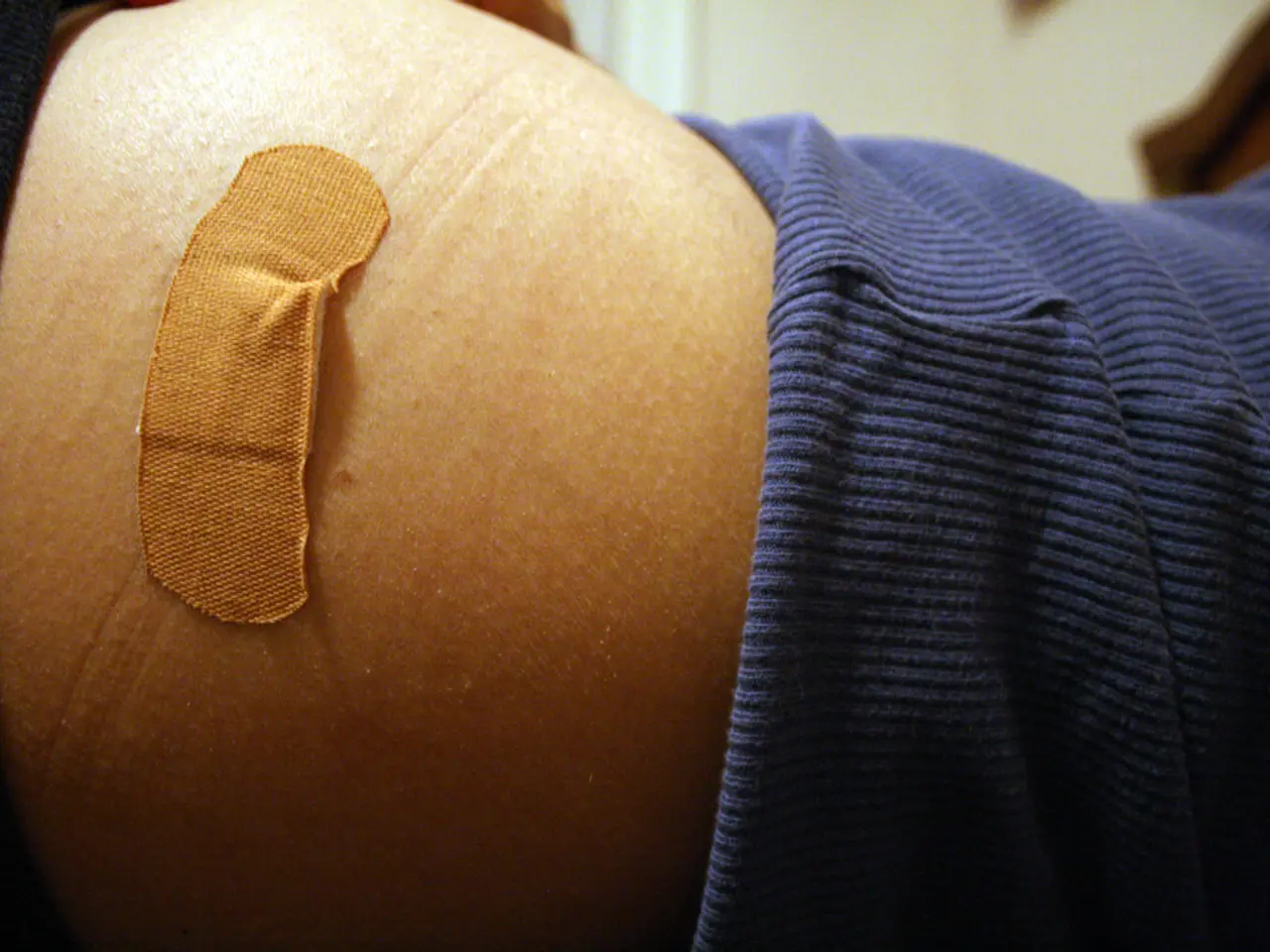Treatment of three patients with splenic artery aneurysms involving the use of coils and n-butyl 2-cyanoacrylate (NBCA) coupled with a novel polytetrafluoroethylene (PTFE)-covered microcatheter
A recent retrospective case series has highlighted the benefits and challenges of using a Carry Leon NSX microcatheter with a PTFE-coated tip in the embolization of splenic artery aneurysms (SAA). This innovative approach offers improved navigability, reduced vessel trauma, and enhanced stability during the procedure.
Benefits of Using the Carry Leon NSX Microcatheter
The microcatheter's design, with a small diameter and flexible shaft, allows for easier navigation through the tortuous vascular anatomy typical of the splenic artery. The PTFE coating on the tip reduces friction, enhancing smooth movement within the vessel and reducing resistance during catheter advancement. This improved navigability and reduced friction provide a more stable positioning at the aneurysm site, which is critical for accurate embolic agent delivery.
The PTFE-coated tip's lubricious surface also assists in maintaining stability during the procedure, reducing the risk of catheter dislodgement or vessel injury. Furthermore, the coating's biocompatibility and low thrombogenicity potentially minimise irritation to the vessel wall, thus reducing the risk of vasospasm or endothelial injury during microcatheter manipulation.
The microcatheter's compatibility with various embolic materials, such as coils, glue, or particles, makes it versatile for tailored embolization strategies depending on aneurysm morphology.
Challenges and Considerations
Despite the numerous advantages, the use of a Carry Leon NSX microcatheter comes with some challenges. Specialized microcatheters like this one may come at a higher cost compared to standard products, and availability might be limited in some clinical settings, potentially restricting usage.
Operators may require experience to optimize the benefit of a PTFE-coated microcatheter; improper handling could still risk vessel injury or suboptimal catheter positioning. The advanced features of the catheter might necessitate training to fully leverage its advantages.
Potential issues with the PTFE coating include tip malfunction or damage if the catheter is used improperly or encounters severe vessel tortuosity or calcifications. Tip damage may compromise performance or increase risk during embolization.
With glue embolization in particular, there is a risk that adhesive material could stick to the catheter tip despite the coating, which might complicate catheter removal. The operator must carefully manage injection technique to mitigate this risk.
Case Study and Findings
The case series involved three female patients with SAA, including a 55-year-old, a 60-year-old, and an 80-year-old. Each patient underwent successful embolization via a triple coaxial system, resulting in complete aneurysm occlusion.
In Case 2, a 60-year-old woman with a history of left-sided breast cancer surgery and chronic renal failure, preoperative blood tests revealed mild elevations in ALP levels, gamma-glutamyl transpeptidase (γGTP), WBC count, and CRP level. The aneurysm in Case 2 measured 26 × 21 × 22 mm and was located near the splenic hilum. Grade 3 renal dysfunction was confirmed, with elevated creatinine and blood urea nitrogen (BUN) levels.
The use of a PTFE-coated NSX microcatheter in the embolization procedure simplified the process and reduced the number of coils required. CO angiography was performed during embolization in Case 2 to minimise the contrast.
Minimal complications such as mild splenic infarction or transient inflammatory responses were observed in the patients. The effectiveness of the Carry Leon NSX microcatheter in splenic artery embolization has been documented in previous studies.
Splenic artery aneurysms are the most common type of visceral artery aneurysms and carry a high risk of rupture when large or rapidly growing. Endovascular embolization has become the first-line treatment for SAA due to its minimally invasive nature and high success rates.
In conclusion, the Carry Leon NSX microcatheter with a PTFE-coated tip can enhance the safety and efficacy of NBCA injections in the management of visceral arterial aneurysms. However, considerations around cost, technical expertise, and careful handling of the coated tip remain important to minimise complications and maximise success rates.
- The use of a Carry Leon NSX microcatheter, with its PTFE-coated tip, is an excellent example of science and technology's advancement in medical-conditions like chronic diseases, specifically in health-and-wellness and cardiovascular health, as seen in its application in the embolization of splenic artery aneurysms.
- The versatile design and biocompatibility of the Carry Leon NSX microcatheter make it a valuable tool in the treatment of various medical-conditions, including chronic diseases like cardiovascular diseases, due to its compatibility with various embolic materials and reduced risk of vessel injury.
- While the benefits of using the Carry Leon NSX microcatheter are significant, medical professionals need to consider factors such as cost, availability, and proper handling to ensure optimal results, especially when dealing with complex medical-conditions like chronic diseases.




